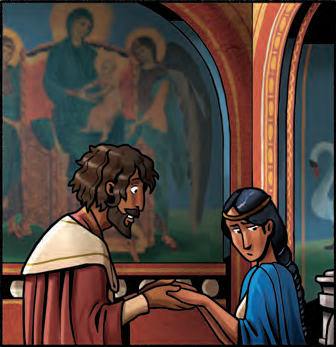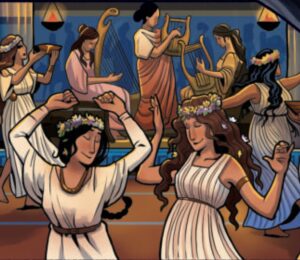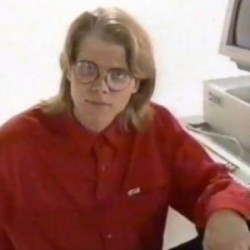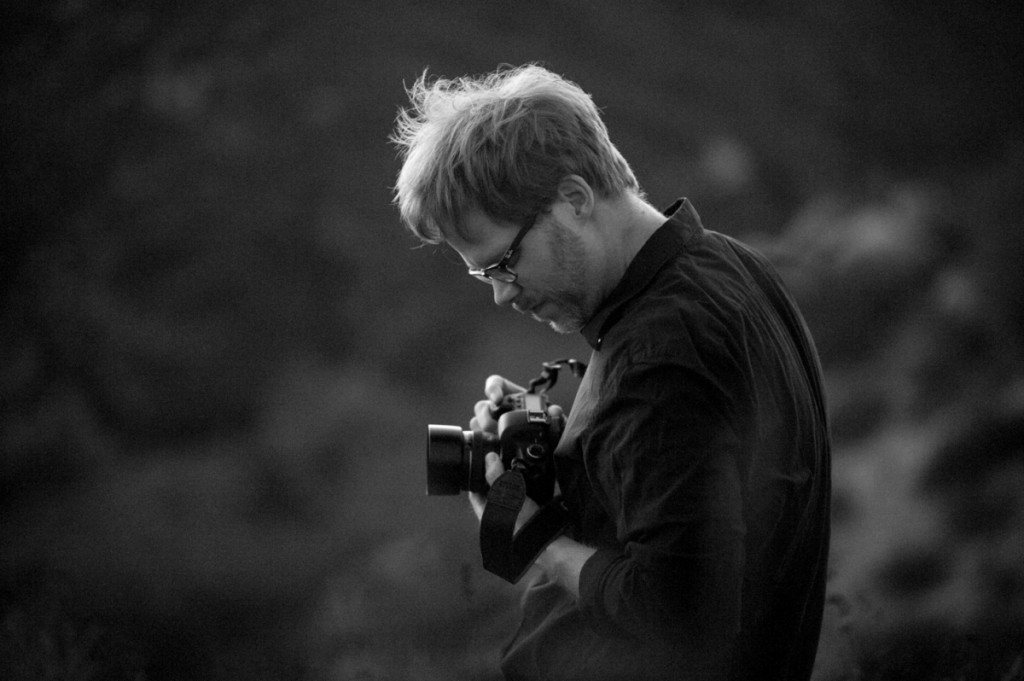Where does inspiration come from?
We are surrounded by wonders of the human imagination: breathtaking architecture, musical masterpieces, unforgettable plays and poems, world-changing inventions. Human beings are capable of profound innovation—but what is the source of these ideas?
It’s a big question that has been considered by philosophers and theologians, artists and scientists. Answers have been offered in the form of myths and scripture, theories and studies.
One ancient answer to where the ideas come from is: the Muses. The Muses bestow their gifts on humanity, each one dedicated to a specific aspect of the imagination.

The story of Mother Christmas is my answer to where does inspiration come from—and what does that magic have to do with Christmas?
The Santa Claus legend is one in a long line of stories about travelers bringing gifts in dark of winter. Around the world, many of the stories told in the cold, dark of winter have to do with finding hope in the promise of spring, and finding inspiration in the mysteries and dreams of the long nights.
What happens when you bring together a young, passionate Muse and a generous, spiritual seeker, united by a desire to inspire humanity and protect them against a growing threat of creatures that feed off fear?

Why, you get the story of Mother Christmas!
In Volume 1 of the Mother Christmas trilogy, you are introduced to the Muses and their home, the Realm of the Mousai. From ancient times, the Muses have helped to direct people toward their creative potential, each House with its own special focus: watching over them, whispering encouragement, sending dreams and cultivating their fruitful imagination.

I’d like to introduce you now to the Houses of the Mousai as they appear in Mother Christmas:
House of Terpsikhore: Muse of the Body Arts
House of Thaleia: Muse of Comedy and Theater
House of Kalliope: Muse of the Arts
House of Ourania: Muse of the Sciences and Technology
House of Melpomene: Muse of Memorials and Tragedy
House of Kleio: Muse of Leadership and Honor
House of Erato: Muse of Passion and Compassion
House of Euterpe: Muse of Music and Mathematics
House of Polyhymnia: Muse of Spirituality
And then there are those without a house: The Silent Ones, who follow Dea Tacita.
Would you like to know who your Muse is?
Take the quiz below and learn which Muse inspires you.



